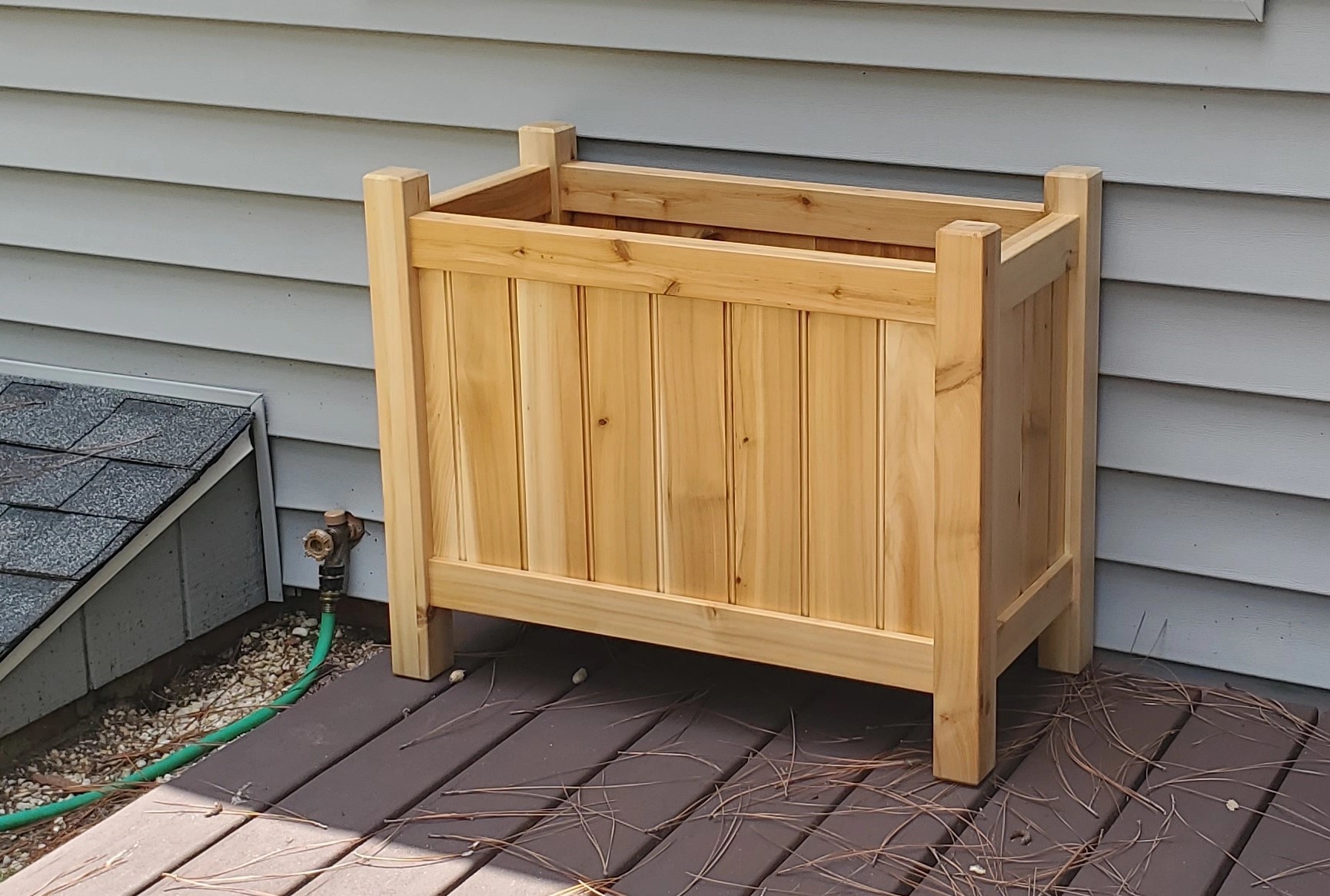

I think there’s only 2 ways to actually kill a cast iron pan. Dropping from a height that causes the brittle metal to break, or putting lead in it. Obviously no one puts lead in their cooking vessels, but small pots are/were used to melt lead to pour in bullet molds, so if you find an old used pot, it’s good to check for lead.
Also, ceramic linings can get chipped.
You can mistreat bare cast iron horribly, never seasoning it, washing it in the dishwasher, or whatever, and it won’t get irredeemably damaged.









It depends on the freezer. Some are “garage rated”, so they are designed to operate in a greater temperature range, while normally, they should only be used at room temp (plus and minus reasonable swings). Check your manual to see if it gives an operating range. I suspect that the more important factor is when it’s too hot outside for the level of insulation and compressor to keep up with, but too cold could be a problem